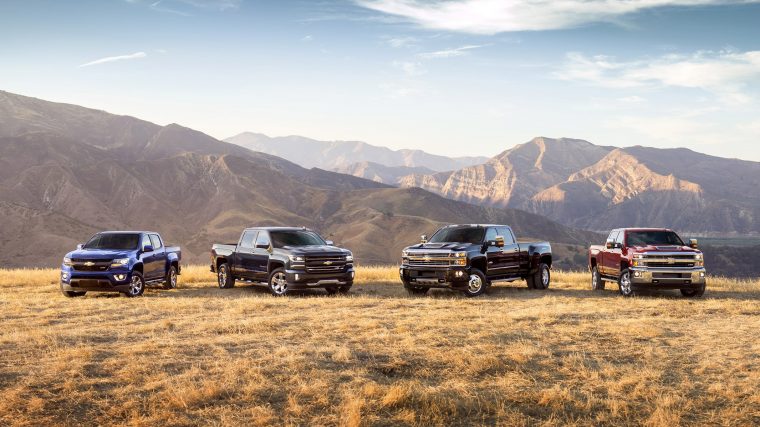There are many reasons for purchasing a pickup truck, whether for tailgating, towing a trailer, or a cart for garden supplies. However, unknown to most people, buying a pickup truck is more complicated than purchasing a car. Apart from ensuring that you have a trucking license, you should zero in on specific features of trucks beyond the color and trim level. Below are key things to consider when shopping for a pickup truck.
- Truck Size
You should begin your search by knowing the size of pickup that suits your needs. Generally, pickup trucks are available in three different sizes. They include;

- Compact – compact pickup trucks are back on the market after being discontinued some years back. Compact pickups balance the utility provided by open-bed pickups with ordinary vehicles’ efficiency and swift driving features. Consider these pickups if your packing space is limited, you want value for your gas, or you simply want a low-value pickup. However, they have limited towing capacities.
- Midsize – as the name suggests, they are neither too big nor small. They offer better work abilities than compact pickups and are more fuel-efficient than full-size trucks. Most can tow up to 7000 pounds, making them perfect for camping, relocating, off-roading, or loading a dirt bike.
- Full-size – unlike before, full-size pickups are the current family cars, preferred commuter vehicles, and a symbol of status. This explains why the average price of these models has surpassed $50,000. The torque and horsepower of these models have doubled, increasing their towing abilities and payload.
- Drivetrain
When differentiating trucks, drivetrain primarily refers to two-wheel and four-wheel drive. Two-wheel trucks are comparably lighter and have better gas mileage than four-wheel models. 2WD trucks weigh less, thus have higher towing capacities. On the other hand, four-wheel-drive trucks are heavier but provide undisputed low-speed grip. They are best for slippery conditions and tough terrains.
- Chassis Class
Interestingly, the chassis class is a crucial consideration more than size when looking for a pickup truck. Initially, dealers could describe truck classes based on payload capacities. The main chassis classes were the ½-ton, ¾-ton, and 1-ton pickups. Every class indicated the amount of weight it could pack on the cargo bed and cabin.
However, manufacturers currently classify chassis classes into light, medium, and heavy-duty. Light-duty trucks are the modern version of the ½-ton chassis class. They can haul motorcycles, cars on a trailer, or small campers. Medium duty trucks have a more robust chassis construction, more torque, and suspension, enabling them to handle heavy loads.
Lastly, heavy-duty pickup trucks feature powerful engines and chassis and are properly equipped to handle very heavy loads. They are also quite pricey.
- Cab Size
You should also think about the pickup’s cab size. Pick a cab size that accommodates your passengers or crew. The different options include;
- Regular cab – though hard to find in current models, these are typical two-door models with carbo beds immediately behind the seats.
- Extended cab – these cabs have a few inches of extension behind the seats. Passengers must fold the front seats to access the rear seats.
- Double cab – this is a four-door cab with enough space for more passengers. Also called quad cabs, passengers have the convenience of forward opening doors. However, rear doors are smaller than front doors, but the cabin space is improved compared to an extended cab.
- Crew cab – this is a perfect option for those looking for maximum passenger space and comfort. They have four equal door sizes and spacious rear legroom.
The Bottom Line
Many other features, including the trim level, bed size, fuel choice, and engine configurations, come into play when deciding the best pickup to purchase. Remember that driving a pickup truck isn’t the same as an ordinary car. To avoid getting into trouble, enroll for an entry-level driver training to learn the basics.